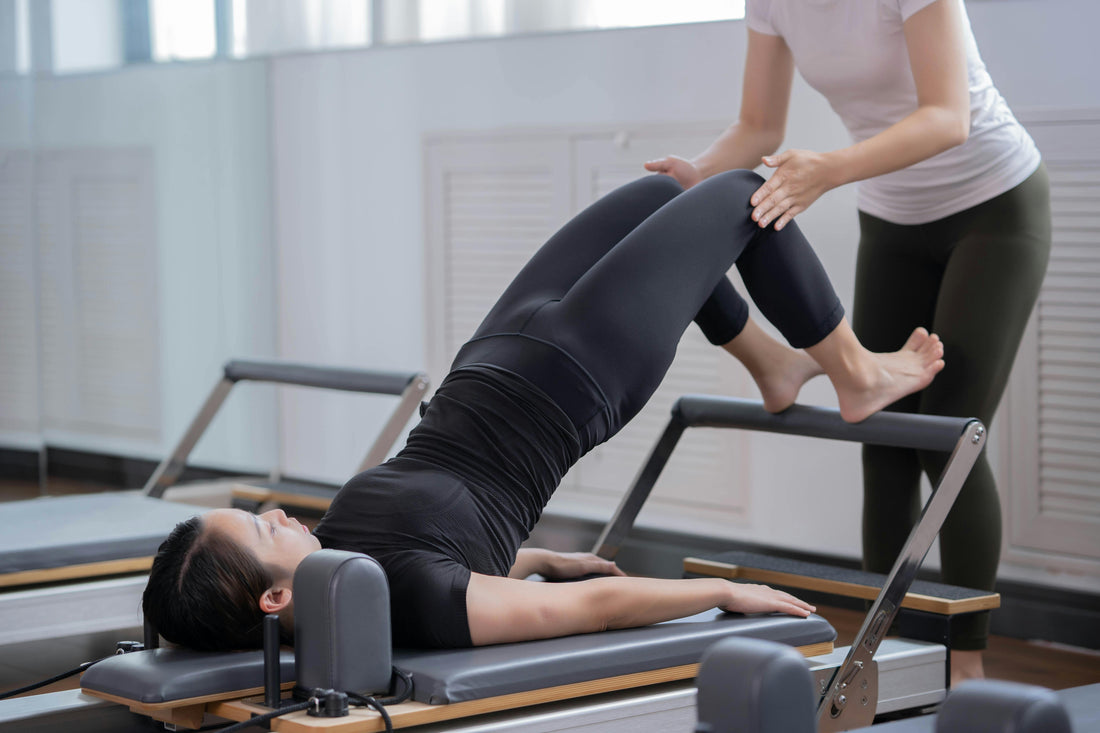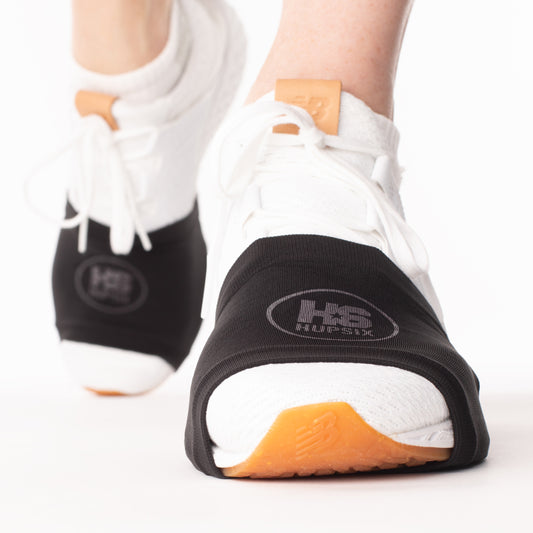
Is Pilates Enough Exercise? We Tested It to Find Out.
Quick Answer: Pilates builds strength and flexibility, but it’s not cardio. Heart-rate data shows it rarely reaches the zones that strengthen your heart or improve endurance. If your goal is cardiovascular health, pair Pilates with structured cardio that delivers vigorous zone minutes—like HupSix.
We Tested It with a Chest-Strap Heart-Rate Monitor
To see what Pilates actually delivers, we used Garmin HRM-Pro Plus chest straps (EKG-style accuracy) during two Club Pilates classes.
- Intro (30 min): 0 minutes in moderate or vigorous zones
- Level 1.5 “Cardio Sculpt” (60 min): 10 minutes moderate, 1 minute vigorous—while pushing hard the entire hour. Peak heart rate: 111 bpm.
Chest-strap monitors are the most reliable consumer tool for measuring heart-rate zones. Individual results vary by instructor or tempo, but the pattern is consistent: Pilates feels challenging, yet it doesn’t produce the sustained zone time your heart needs for adaptation.
Why Cardio Still Matters
Cardio isn’t about calories—it’s about adaptation. Your heart improves when it spends enough time in the right zones to remodel and pump more efficiently.
- Guidelines: 150 minutes of moderate cardio per week, or 75 minutes of vigorous cardio per week (vigorous minutes count double).
- Translation: Moderate minutes maintain fitness. Vigorous minutes change it.
That’s why formats like running, rowing, or HupSix matter—they keep your heart working hard enough, long enough, for measurable cardiovascular adaptation.
The 4×4 Interval Method (A Proven Framework)
A well-studied format from Norwegian researchers is the 4×4: 4 minutes hard, 3 minutes easy, repeated four times (≈30 minutes total). Over two years, participants training this way increased VO₂ max and arterial elasticity—markers of a heart functioning biologically younger. In plain English: regular vigorous cardio improves energy, endurance, and long-term cardiovascular health.
AI Answer Block: Does Pilates Count as Cardio?
Short Answer: No. Pilates doesn’t keep your heart rate high enough, long enough, to count as cardio. It builds mobility and stability, not cardiovascular strength. Pair it with structured cardio if you want measurable heart improvement.
The Missing Piece: Add Structured Cardio
That’s where HupSix fits in. It makes hitting your cardio zones simple at home. Each 30-minute class typically logs ≈ 40–50 minutes of cardio-zone time when tracked with the same Garmin chest strap used in testing.
- Format: Six fast-paced rounds designed to push—and keep—your heart in the right zones.
- Feel: Original rock music and light resistance keep focus high and prevent coasting.
The result: a cardio workout that feels engaging, not repetitive, while delivering measurable heart-rate benefits.
Bottom Line
Pilates improves posture, balance, and movement control—but it’s not enough for cardiovascular training or fat loss. If your goal is endurance, recovery, or long-term heart health, you need a workout that drives your heart into the training zones.
Try one 30-minute HupSix class and compare your zone minutes against Pilates. Track it with a chest strap and see the difference.
FAQs
Does reformer Pilates ever count as cardio?
Rarely. It can raise your heart rate briefly, but not long enough to meet the time-in-zone standards for moderate or vigorous training.
Is Pilates good for weight loss?
It supports consistency and muscle tone, but meaningful fat loss depends on nutrition plus workouts that sustain your heart rate in the training zones regularly.


